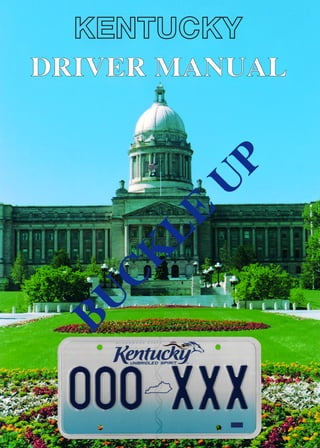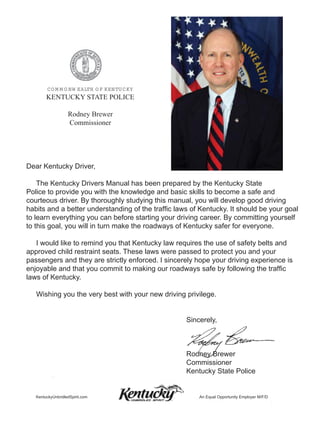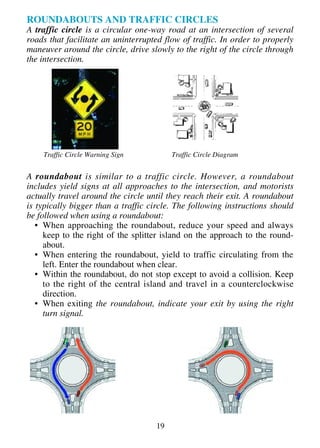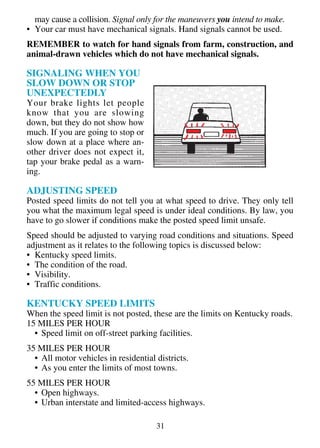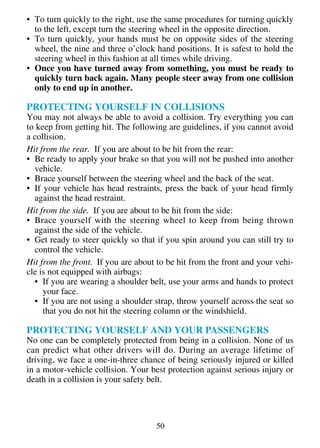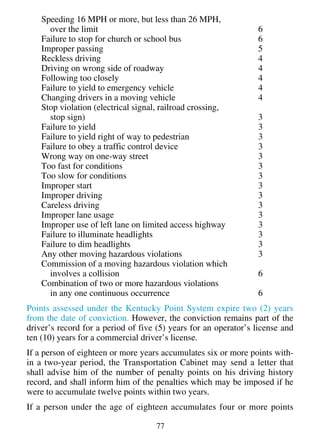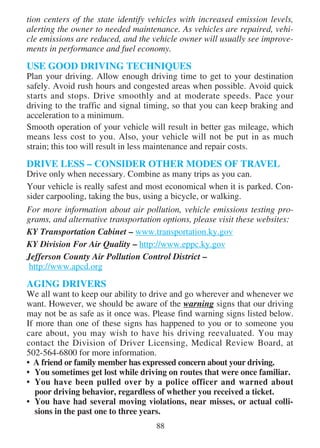This document is the Kentucky Driver's Manual that provides guidance for obtaining a driver's license in Kentucky. It covers the licensing process and requirements, rules of the road, safe driving practices, and sharing the road with other vehicles. The manual instructs new drivers to study it well in order to develop good habits and understand Kentucky's traffic laws to operate vehicles responsibly and safely.
